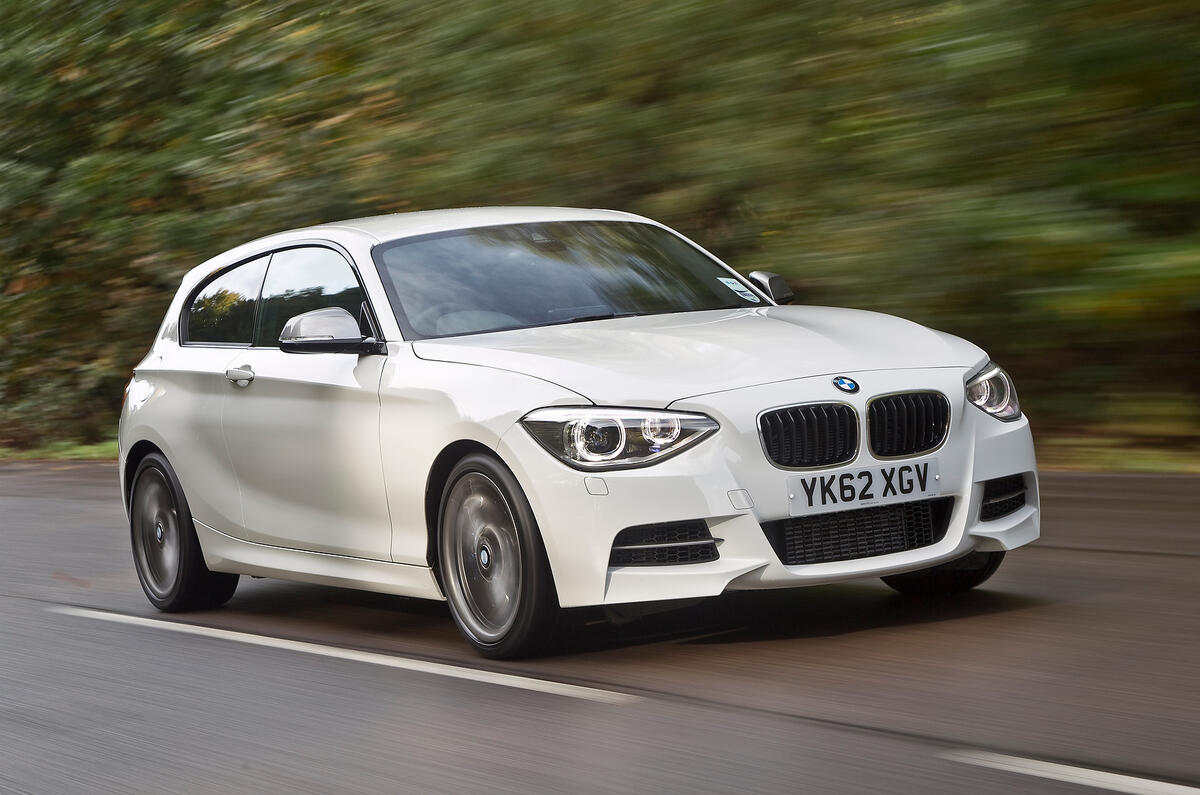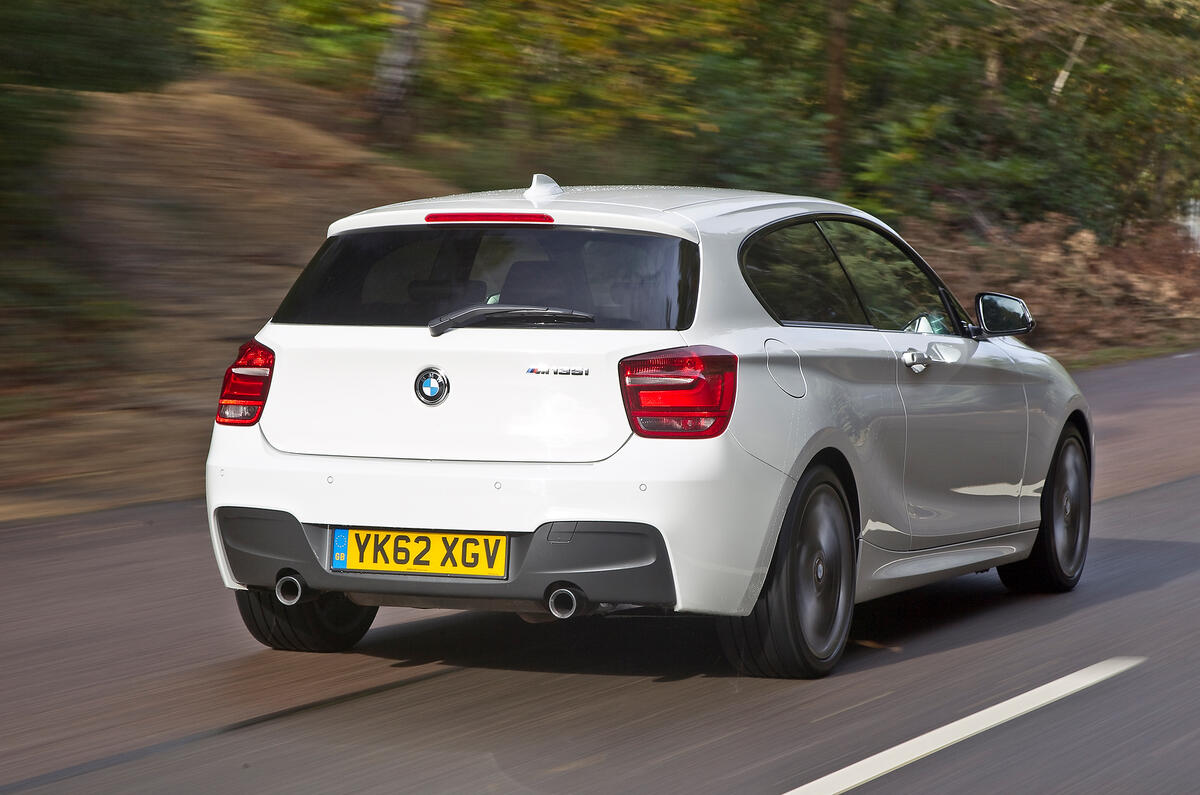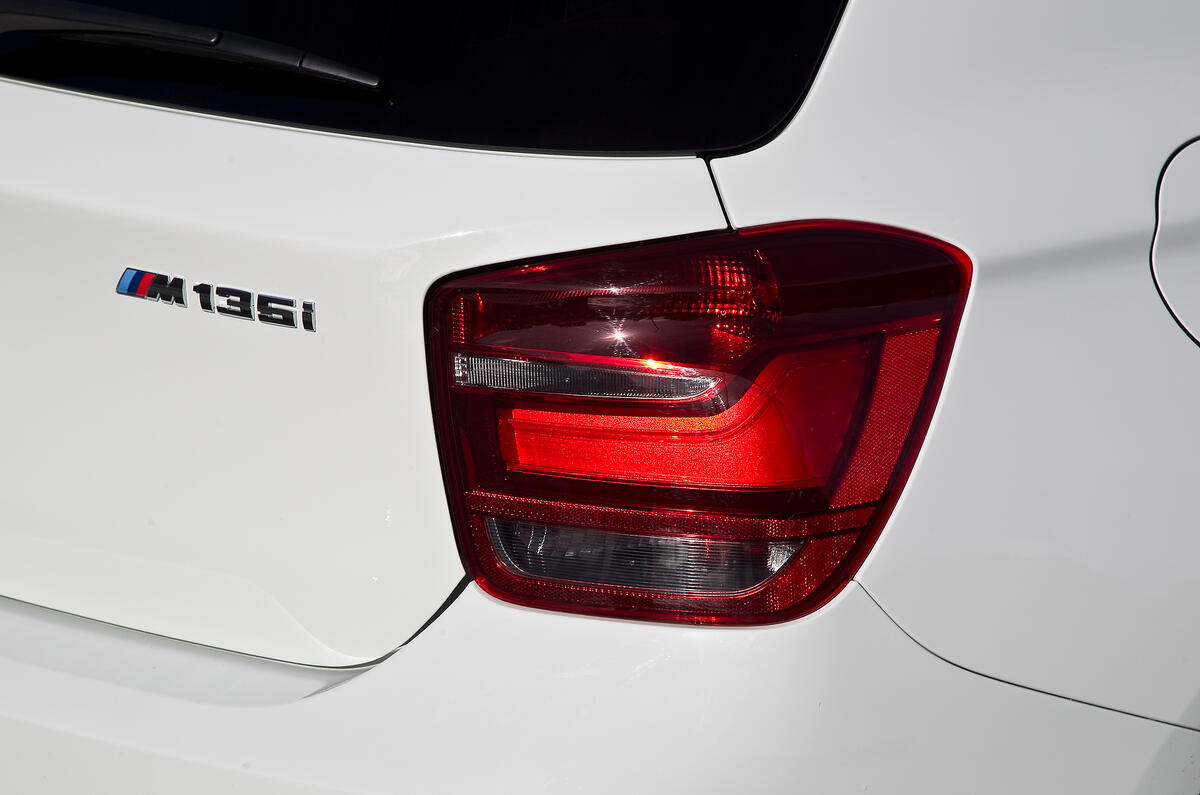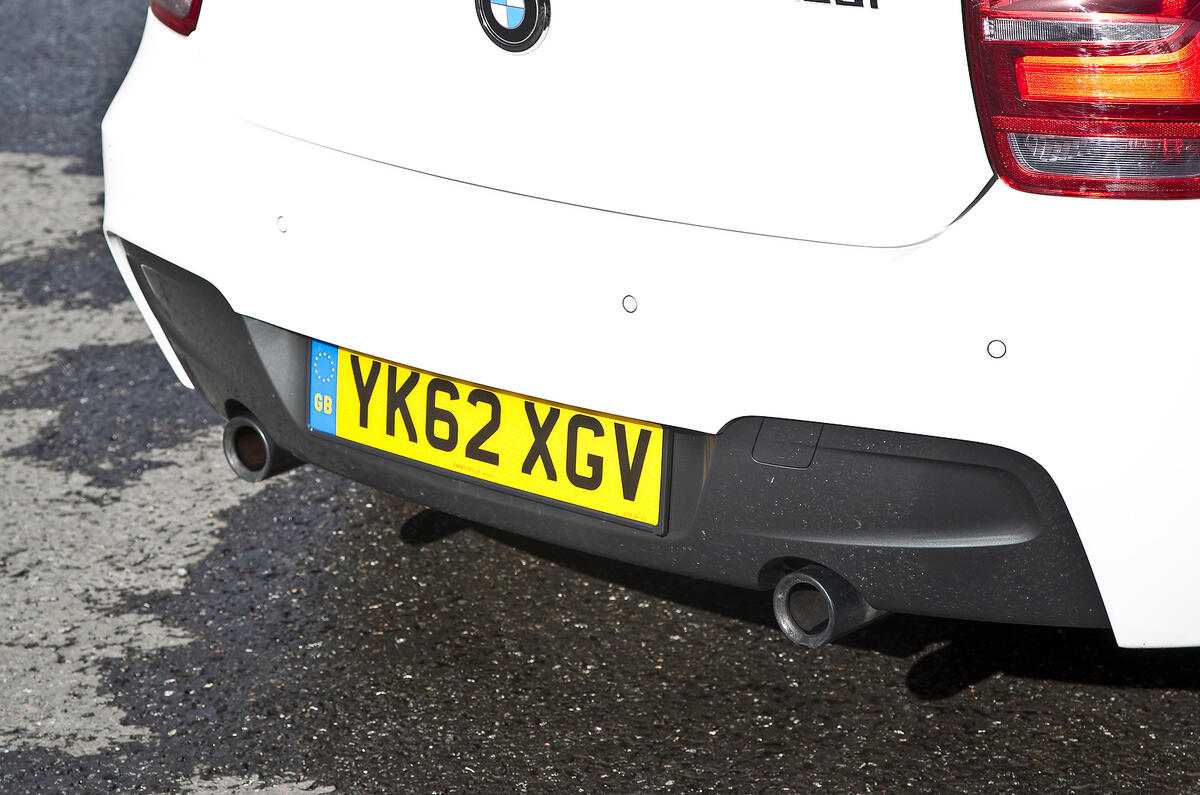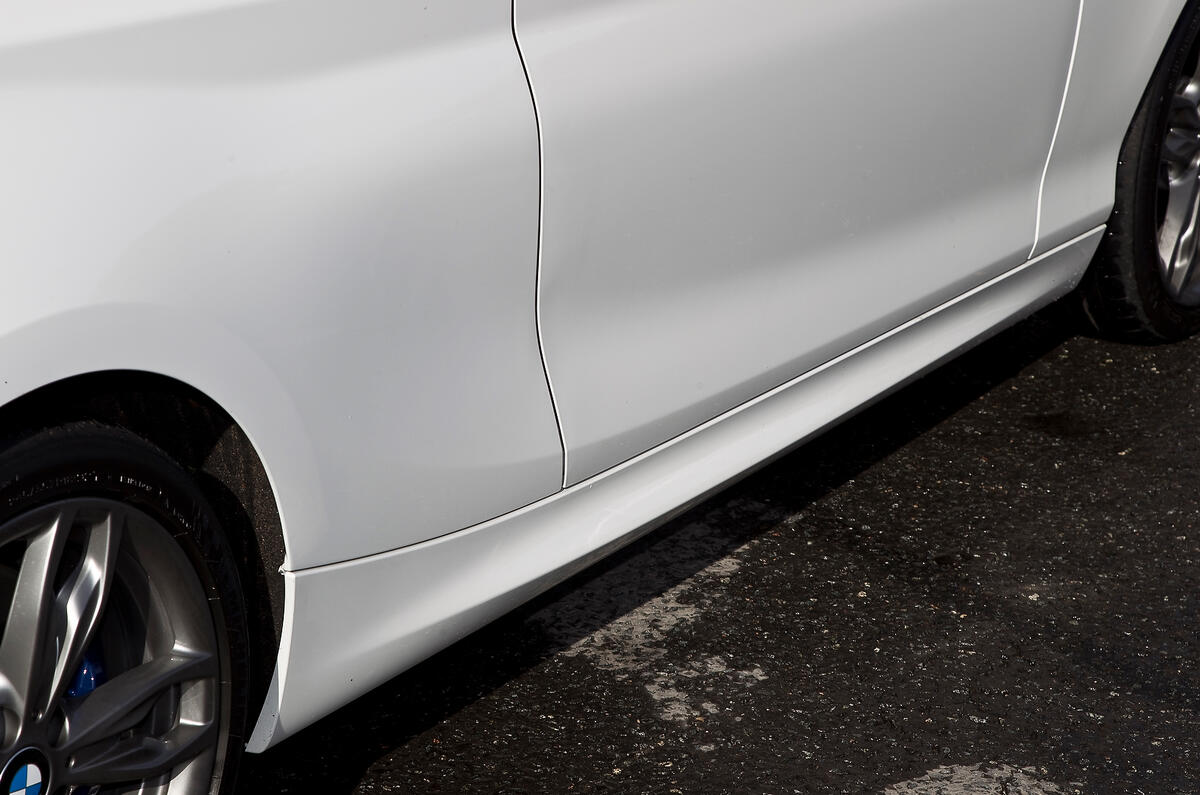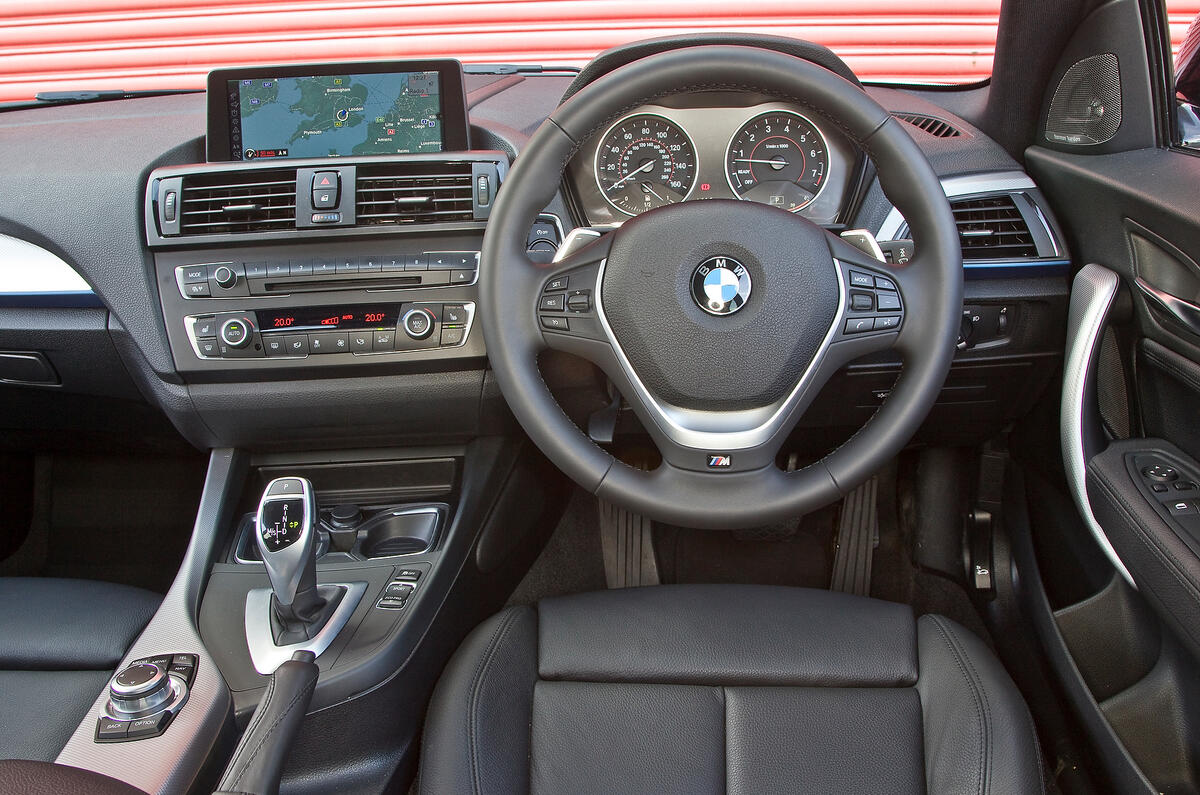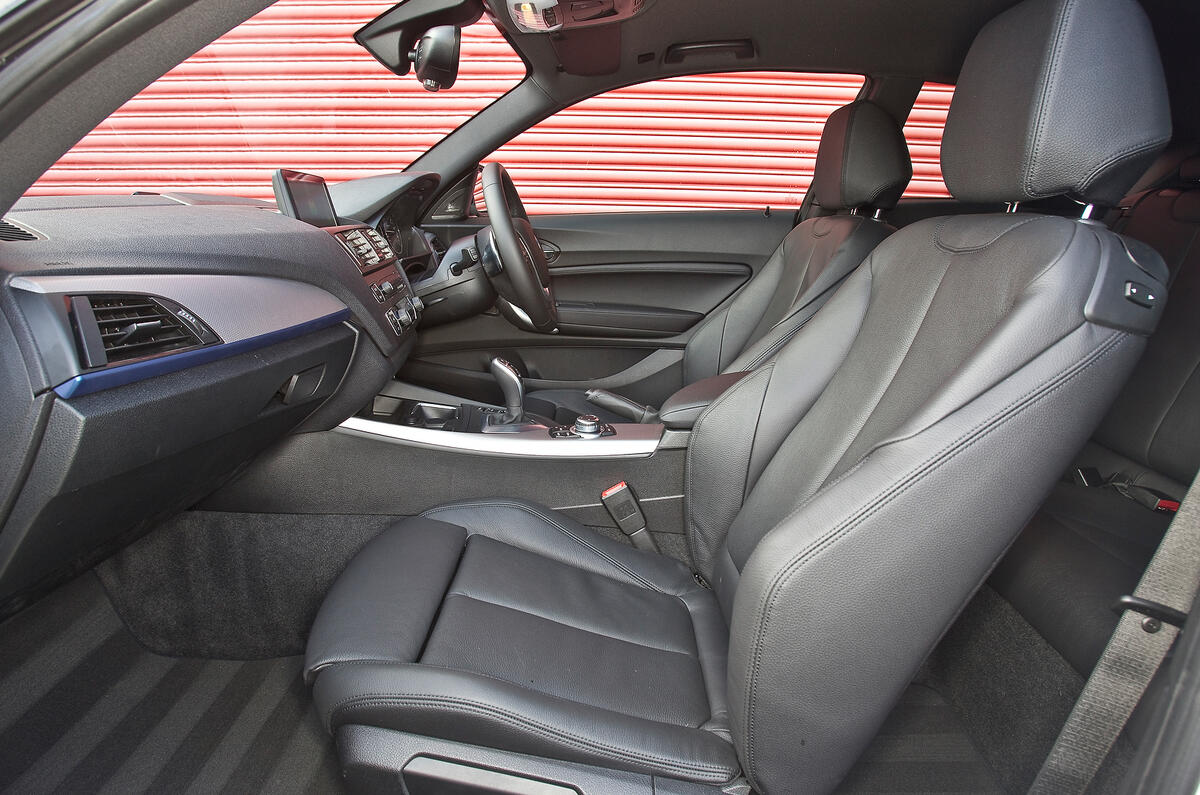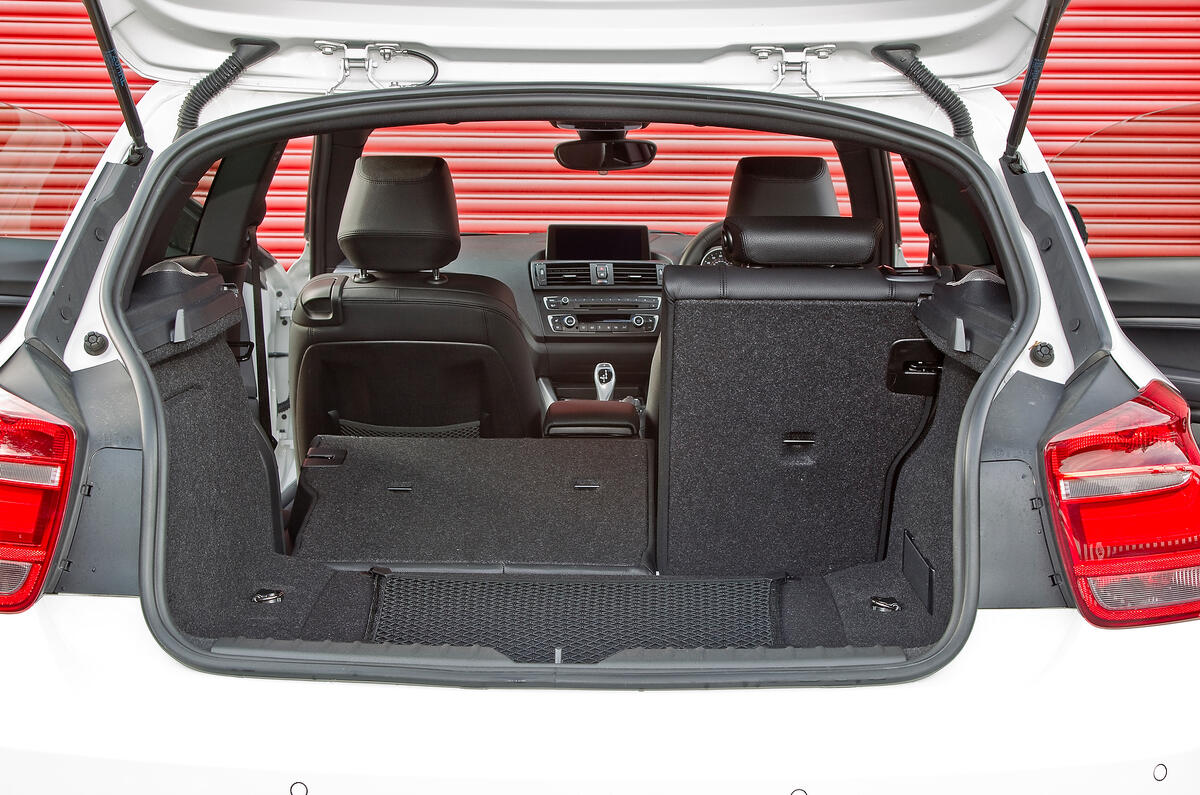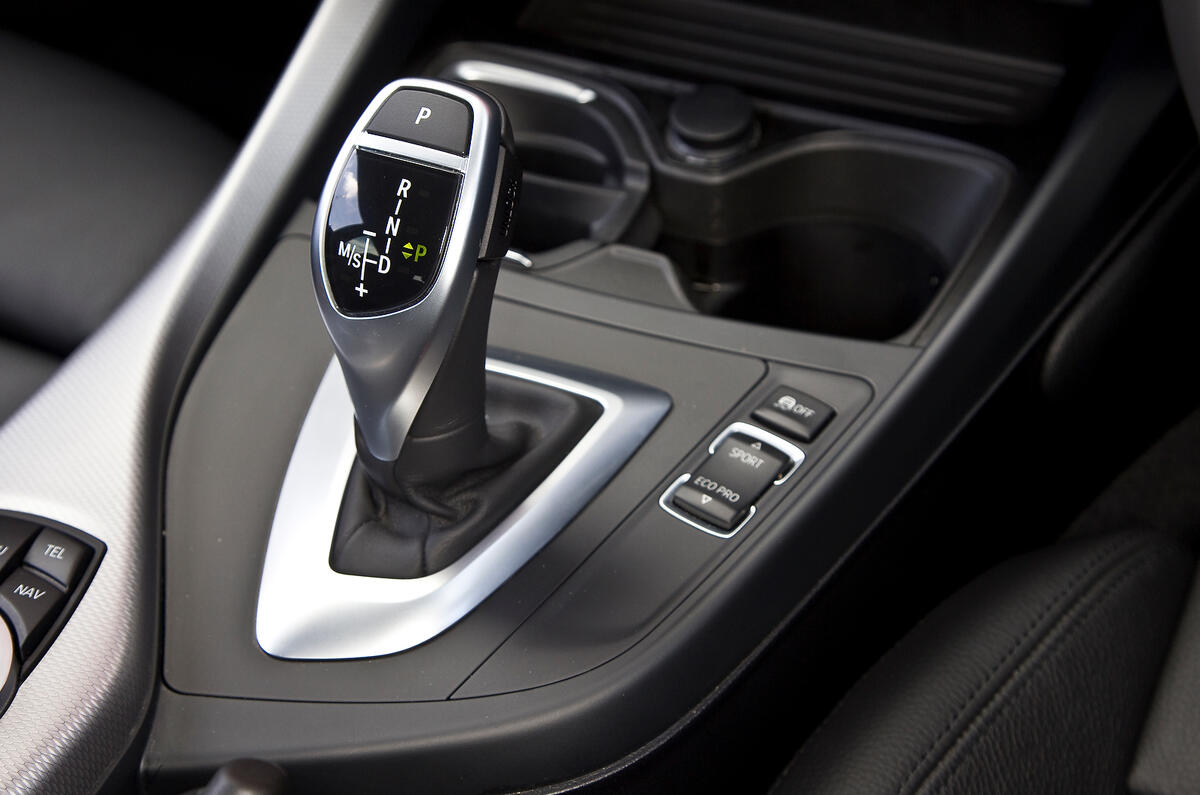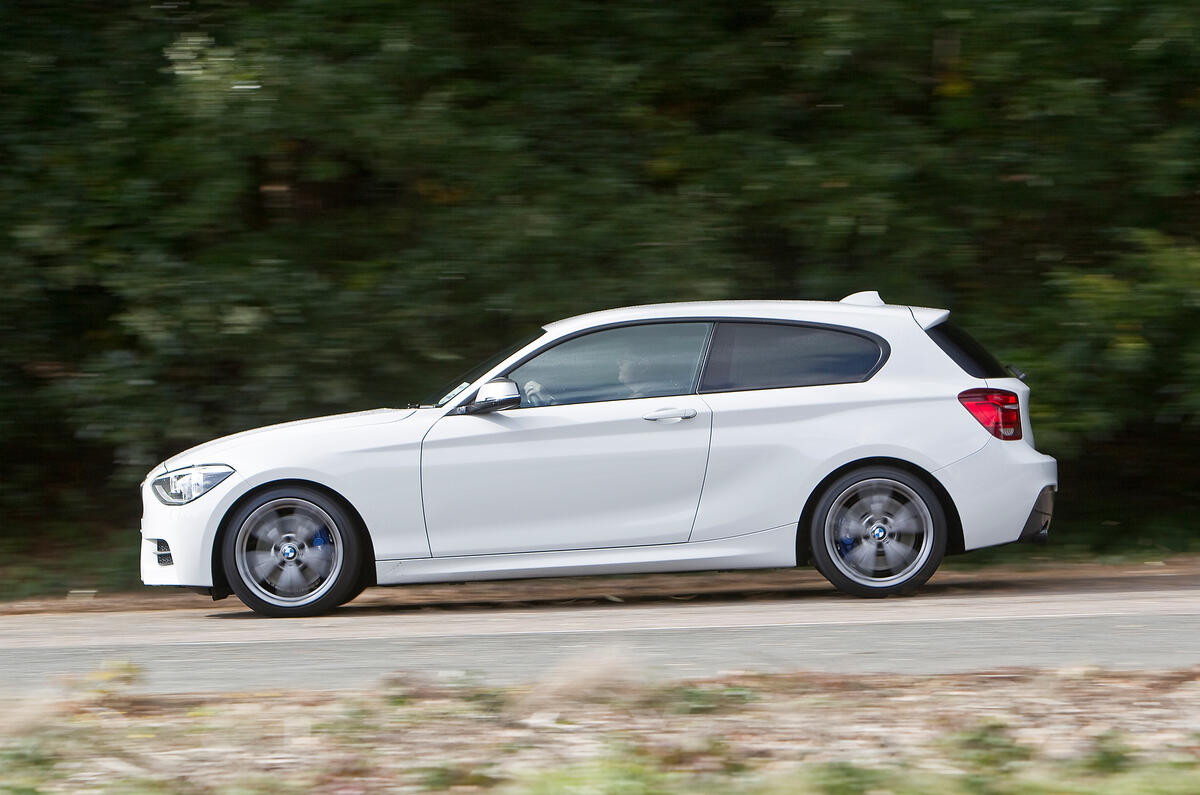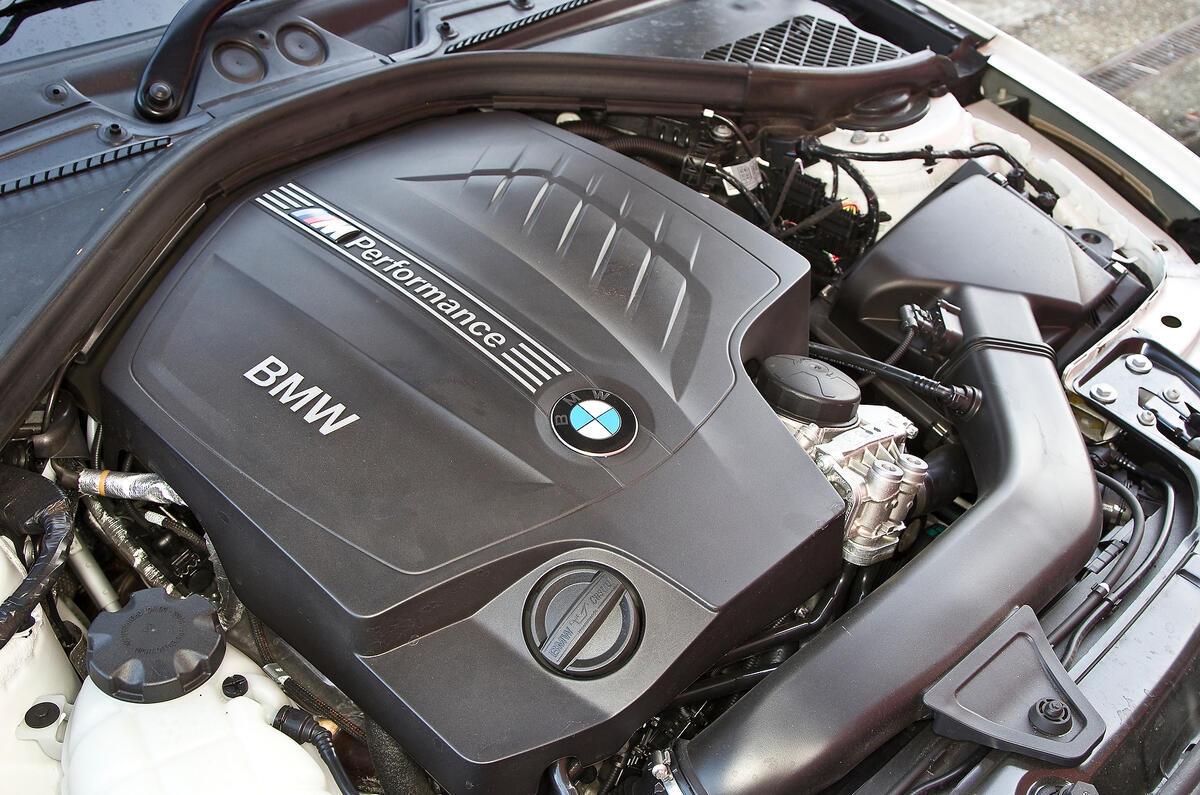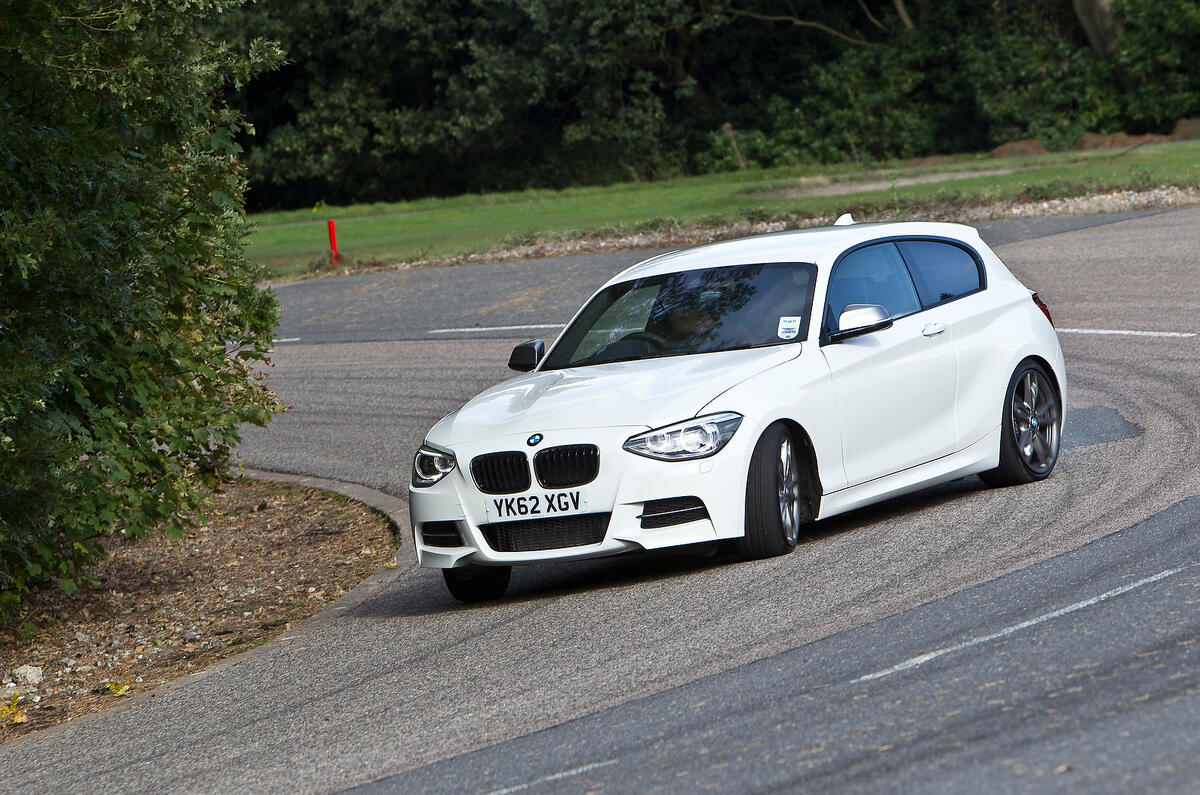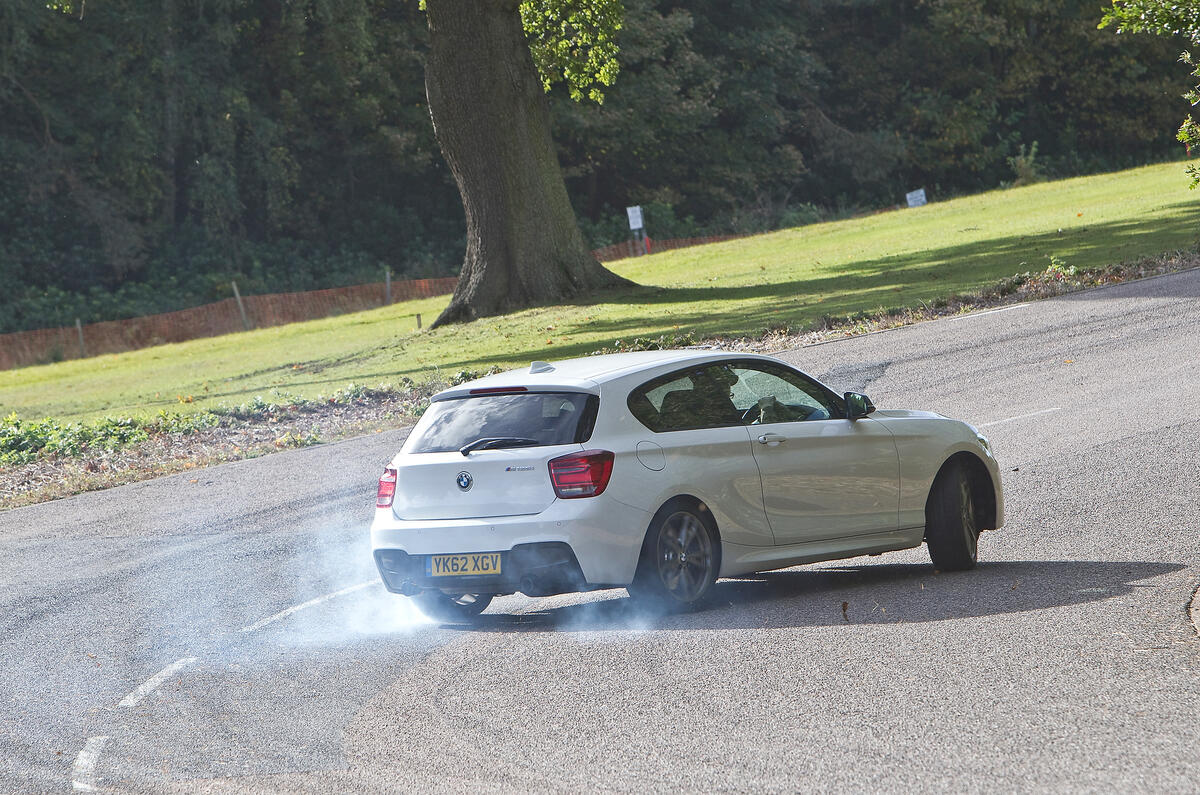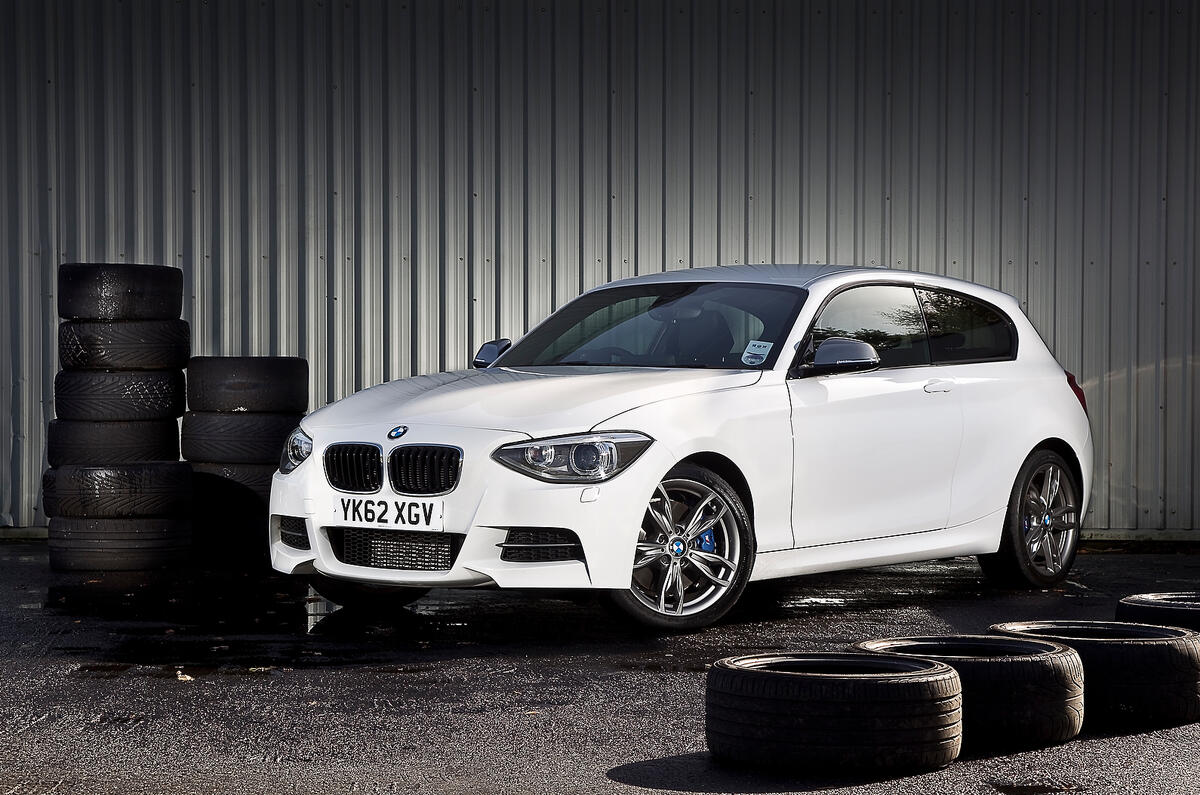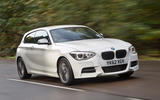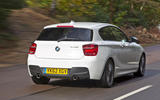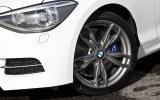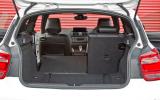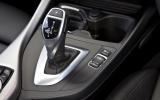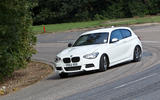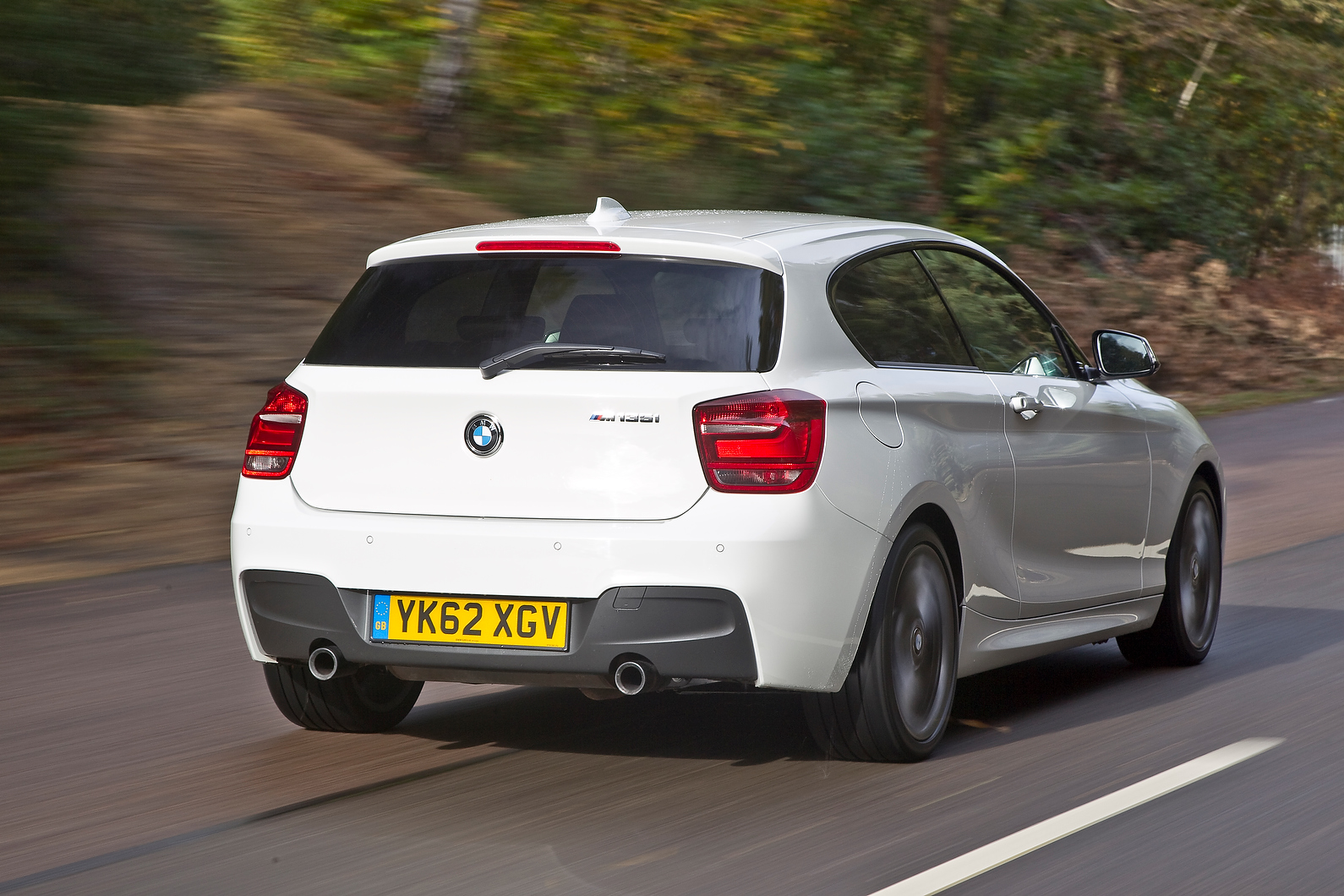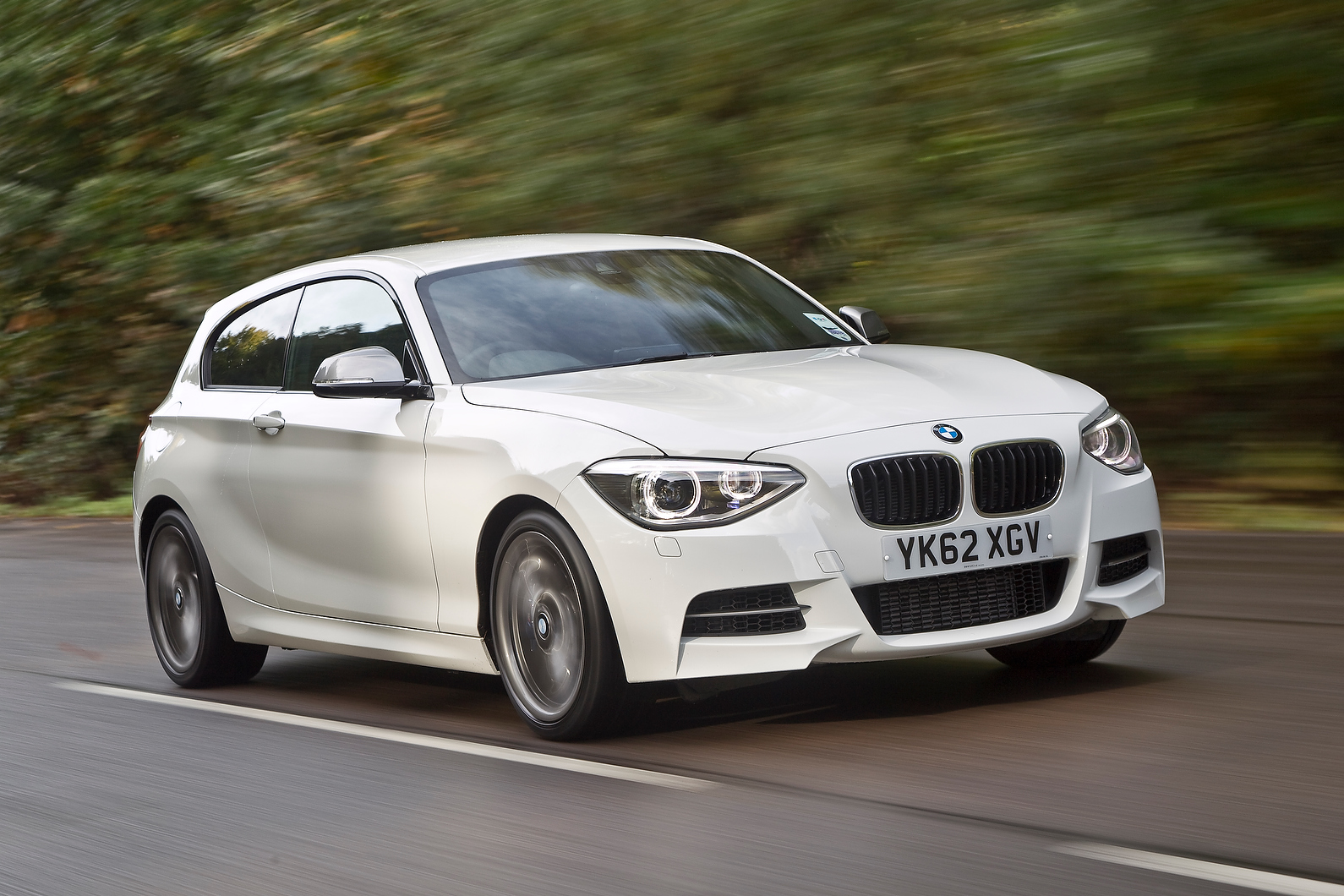Making the case for this car is hardly difficult. We adored the bespoke savagery of the 1-series M Coupé, but that was a high-priced, low-volume M-car model never intended for mass production. Clearly, what was needed was a similarly outrageous output wrapped in a cheaper-to-buy hatchback shell, atop a slightly less spiky chassis. Step forward the M135i.
Whereas the 1M was meant as a showy halo product for the hardcore enthusiast, the M135i, in line with BMW’s new performance strategy, is intended as a natural range-topper and a genuine prospect for the multitude of buyers attracted to the modern mega-hatch concept.
It’s hardly alone in that market, but its appearance has been remarkably well timed. The hideously expensive Audi RS3 Sportback has been and gone, the next generation of Volkswagen Golf R and Ford Focus RS didn't appear any time soon and it has had the best part of a year's head start on Mercedes-Benz's new turbocharged four-cylinder A45 AMG, which is more powerful still than the M135i but also significantly more expensive.
Consequently, BMW’s effort has had the breathing space to establish itself as the benchmark premium mega-hatch. With a starting price of just over £30,000 and 315bhp from its turbocharged six-cylinder engine, the rear-drive M135i promises a massive bang for your buck.
used BMW M135i 2012-2014 cars for sale



